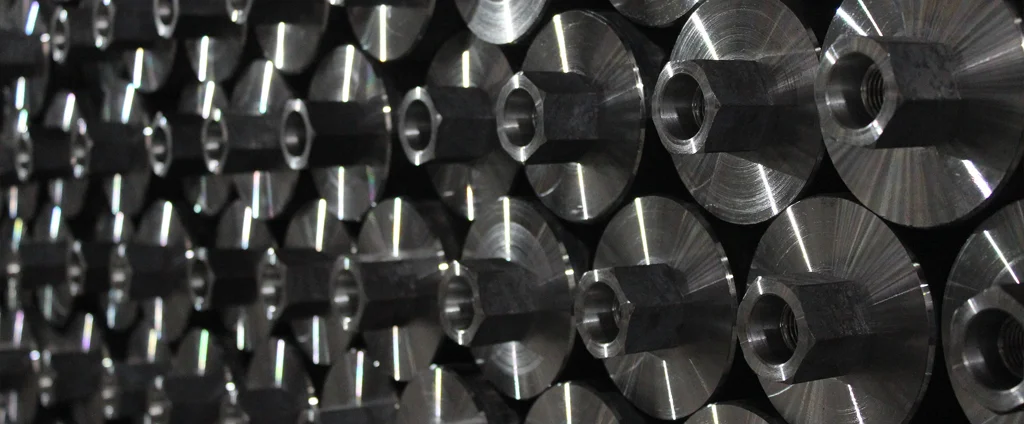SAE/AISI 1021 Carbon Steel (UNS G10210)

SAE/AISI 1021 carbon steel is a low carbon alloy containing manganese and carbon, offering a balance of affordability and versatility. It is especially valued for its excellent cold formability, making it ideal for cold heading, extruding, and general-purpose applications in industries where moderate strength and good machinability are required.
| Chemical Composition | ||
|---|---|---|
| Element | Min | Max |
| Iron | 98.78% | 99.23% |
| Carbon | 0.17% | 0.23% |
| Manganese | 0.60% | 0.90% |
| Phosphorous | —— | 0.04% |
| Sulfur | —— | 0.05% |
The following table provides a list of SAE/AISI 1021 properties in both SI and US customary/Imperial units.
Click on the button to switch between Metric and Imperial units.
| Physical Properties | Metric |
|---|---|
| Density | 7858 kg/m3 |
| Mechanical Properties | Metric |
| Tensile Strength (Ultimate) | 470 MPa |
| Tensile Strength (Yield) | 395 MPa |
| Young’s Modulus (E) | 190 - 210 GPa |
| Bulk Modulus (K) | 140 GPa |
| Shear Modulus (G) | 80 GPa |
| Elongation at Break | 15% |
| Poisson’s Ratio (ν) | 0.27 - 0.30 |
| Brinell Hardness | 120 - 150 |
| Thermal Properties | Metric |
| Thermal Conductivity | 50 W/m·K |
| Specific Heat Capacity (Cp) | 472 J/kg·K |
| Coefficient of Thermal Expansion (αL) | 1.2×10-5 1/°C |
| Electrical Properties | Metric |
| Electrical Conductivity | 4.1×106 S/m |
| Electrical Resistivity | 2.4×10-7 Ω·m |
The values in this table are approximate and can vary depending on various factors such as the specific manufacturing process and heat treatment applied to the alloy.
Advantages & Disadvantages of 1021 Carbon Steel
| Advantages | Disadvantages |
|---|---|
| Low cost | Low strength |
| Good machinability and weldability | Limited hardness |
| Good formability | Corrosion susceptibility |
Applications of 1021 Carbon Steel
SAE/AISI 1021 is used in various industries requiring moderate strength and good workability, including:
- Machinery Parts: Can be utilized in the manufacturing of machinery parts, such as gears, shafts, and bushings.
- Bolts and Fasteners: The formability and weldability make it suitable for producing bolts, screws, and other fasteners used in construction and general assembly.
- Structural Components: While not commonly used for heavy structural applications, it can be employed in lighter load-bearing components, such as brackets, supports, and frames.
- Automotive Parts: Some automotive components, particularly those that require moderate strength and formability, can be made from this steel. Examples include brackets, fittings, and small structural elements.
- General Fabrication: Can find use in general fabrication processes, including welding, bending, and forming. Its ease of workability and affordability make it suitable for various fabrication projects.
